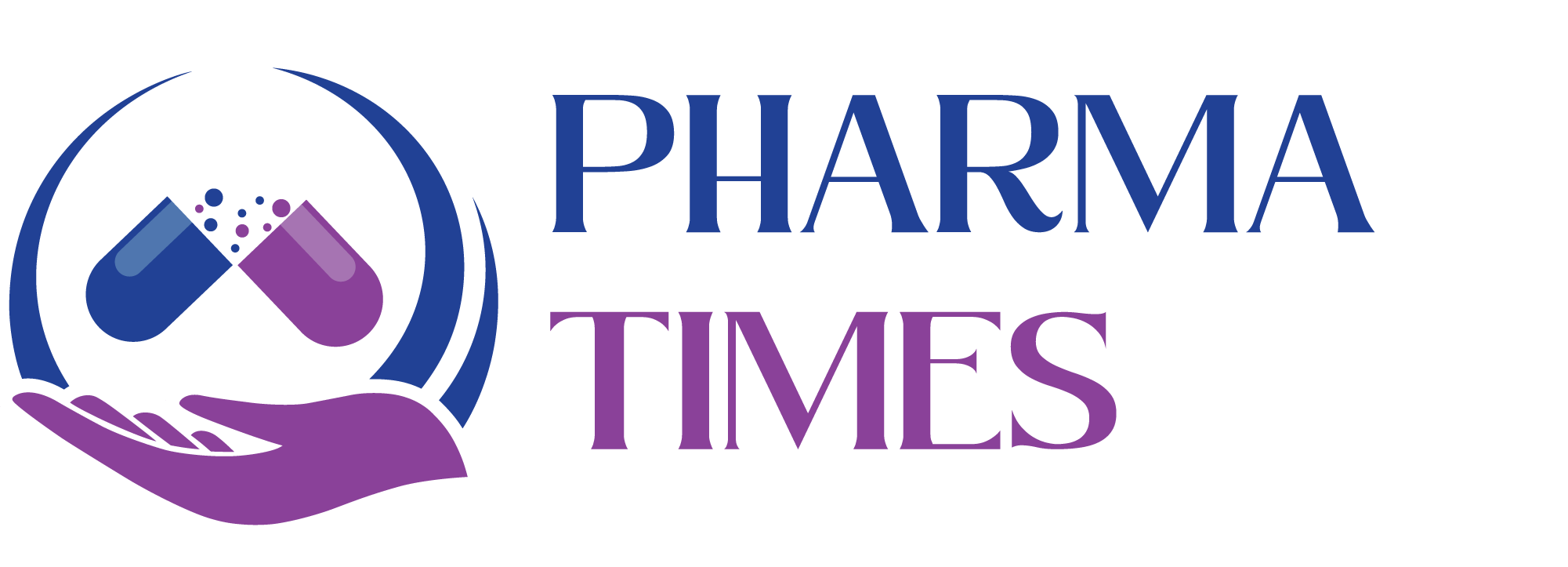SOP for Guideline for System Suitability Test for HPLC Analysis.

Standard Operating Procedure (SOP)
1. Purpose
To establish a standardized procedure for performing System Suitability Testing (SST) in High-Performance Liquid Chromatography (HPLC) analysis to ensure system integrity, performance, and reliable analytical results.
2. Scope
This SOP applies to all HPLC systems and related analyses conducted in [insert laboratory/department/organization name].
3. Responsibility
-
Analysts: Responsible for performing SST prior to analysis.
-
QC Supervisor/Lab Manager: Responsible for reviewing SST data and ensuring compliance.
-
QA Department: Responsible for periodic audits and SOP compliance.
4. Definitions
-
System Suitability Test (SST): A set of tests to verify that the HPLC system is working properly before or during sample analysis.
-
HPLC: High-Performance Liquid Chromatography, a technique used to separate, identify, and quantify components in a mixture.
5. Materials and Equipment
-
HPLC System (Pump, Autosampler, Detector, Column, Software)
-
SST Standard (e.g., USP reference standard, or in-house validated standard)
-
Mobile Phase
-
Column (as per method)
-
Data acquisition system (chromatography software)
6. System Suitability Parameters (Typical Criteria)
| Parameter | Acceptable Limit |
|---|---|
| Retention Time (tR) | Within ±2% of the standard value |
| Theoretical Plates (N) | > 2000 (compound specific) |
| Tailing Factor (T) | ≤ 2.0 |
| Resolution (Rs) | ≥ 2.0 (between critical pairs) |
| %RSD (Repeatability) | ≤ 2.0% for peak area from 5 injections |
Note: Use method-specific criteria if specified in pharmacopeial monographs or validated methods.
7. Procedure
7.1 Preparation
-
Ensure that the HPLC system is powered on, equilibrated, and properly flushed with the mobile phase.
-
Install the correct column and allow it to equilibrate with the mobile phase for at least 30 minutes (or as per method).
-
Prepare the SST solution as per validated method or pharmacopeial requirements.
7.2 Running the SST
-
Inject a minimum of 5 replicates of the SST standard into the system.
-
Record chromatographic parameters such as retention time, area, tailing factor, resolution, and theoretical plates.
7.3 Evaluation of SST Results
-
Retention Time: Check for consistency between injections (within ±2%).
-
%RSD of Peak Area: Calculate the %RSD from 5 replicate injections. Should not exceed 2.0% (unless otherwise specified).
-
Tailing Factor: Evaluate for the main peak; must be ≤2.0.
-
Resolution: Ensure Rs ≥2.0 between closely eluting peaks.
-
Theoretical Plates: Calculate efficiency (N) for main peak; it should be within method-specific limits.
7.4 Documentation
-
Record all SST data in the chromatography software and maintain printed or electronic records.
-
Complete the system suitability checklist or log sheet (if applicable).
-
If SST fails, investigate, troubleshoot, and re-perform the test.
8. Acceptance Criteria and Action
-
If SST meets criteria: Proceed with sample analysis.
-
If SST fails:
-
Do not analyze samples.
-
Investigate possible causes (e.g., mobile phase, column, detector, system pressure).
-
Document the issue in the lab incident log.
-
Correct the issue, re-run SST, and only proceed if it passes.
-
9. Troubleshooting Guidelines
| Problem | Possible Cause | Corrective Action |
|---|---|---|
| High tailing factor | Column degradation or void volume | Replace or recondition column |
| Low resolution | Mobile phase or flow rate issues | Check mobile phase prep, adjust flow |
| High %RSD | Injector malfunction or air bubbles | Purge injector, ensure proper degassing |
| Low theoretical plates | Column issue or detector noise | Replace column, check detector settings |
10. Records and Documentation
-
Maintain all SST data with chromatograms.
-
SST logbook or electronic records should include:
-
Date
-
Method Name
-
Analyst Name
-
HPLC System ID
-
Standard used
-
SST parameters and results
-
Any deviations and corrective actions
-
11. Frequency
-
SST must be performed before every analytical run.
-
Also required after system maintenance, column change, or method change.
12. References
-
USP <621> Chromatography
-
ICH Q2(R1) – Validation of Analytical Procedures
-
Instrument Manufacturer’s Manual.
🎓 Discover one of the best Quality Assurance courses available — click below to explore the course that’s shaping future QA skills.

